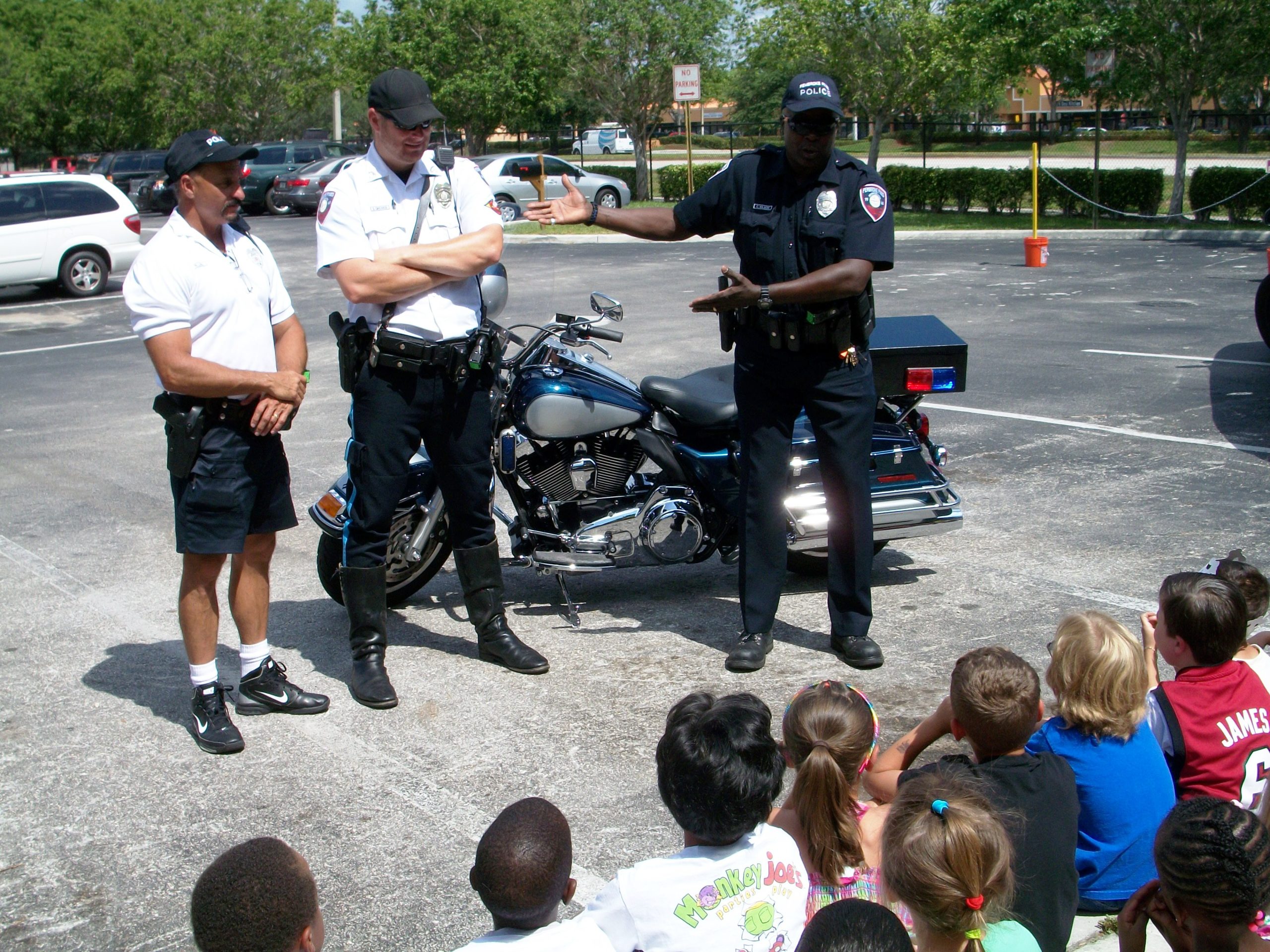Trust in law enforcement has declined sharply in recent years. According to a 2022 Pew Research study, only 45% of U.S. adults now say they have a great deal or fair amount of trust in their local police, down from 58% in 2016. This erosion of trust presents a significant challenge, as strong police-community relations built on mutual understanding are essential for public safety.
To rebuild trust, a multifaceted approach focused on community engagement, advancements in training and accountability, and leveraging technology is required. The public wants more oversight and responsiveness from police forces, but also needs reassurance that officers have the proper education and support to carry out their duties effectively. With innovative policing strategies that emphasize transparency, empathy, and collaboration with residents, the tide of distrust can be reversed.
The Importance of Community Engagement
Proactive community engagement helps humanize police officers and provides opportunities to listen to concerns from diverse groups. Progressive departments are utilizing strategies like non-enforcement interactions through coffee with a cop events, youth outreach programs, and citizen advisory councils. Results from a 2021 study in Illinois showed introducing regular casual interactions between officers and community members led to a 22% increase in perception of police legitimacy after just one year.
Community engagement cannot be limited to periodic interactions. Embedding officers within neighborhoods for closer relationships and implementing procedural justice training to emphasize respect have also shown positive outcomes. In Richmond, California, a dedicated community policing unit and emphasis on explaining police actions contributed to a 40% reduction in citizen complaints over seven years. Approaching communities with empathy and patience, rather than an authoritarian attitude, elicits crucial public support.
Advancements in Police Training and Accountability
While community engagement helps align policing with public expectations, training and accountability reforms modernize police culture from within. Research shows college education and robust de-escalation training correlate strongly with reduced use of force. Departments leading the way integrate emotional intelligence, ethics, and communication modules into officer training while also emphasizing safety and vulnerability.
Procedural justice and crisis intervention training help officers maintain composure during tense encounters and provide victims with dignity, choice, and a voice—deescalating situations. Since implementing crisis intervention training, the Tucson police department has seen a 37% reduction in officer-involved shootings. Meanwhile, appropriate use of force policies, robust reporting mechanisms, and body camera footage make officers more accountable for misconduct.
Implementing training reform does face barriers like costs and resistant police unions. But data shows these investments pay dividends for both residents and police who feel empowered in their responsibilities. For example, after implementing countywide training reforms, the Orlando police department reported a 60% drop in officer injuries and 38% reduction in excessive force complaints between 2016 and 2021.
Technology in Policing
Emerging technologies are being integrated into police operations to facilitate more positive community interactions. Social media enables police departments to directly engage residents, disseminate information, and receive real-time public feedback. Meanwhile, data analytics tools leverage crime data to optimize patrol routes and resource allocation based on current needs.
Several cities have rolled out apps allowing residents to digitally submit tips, complaints, or questions to police departments. Humanizing officers through AMA (Ask Me Anything) style campaigns on Reddit have also proven successful. In one county, 69% of respondents said an AMA with police improved perceptions of law enforcement.
Other technologies assist officers directly in diffusing tensions during encounters. Wearable sensors can now monitor biometrics like heart rate to alert officers if their stress levels are rising, prompting them to reassess the situation. And augmented reality headsets overlay civilian records onto officers’ vision, providing context and the person’s mental health history to aid their response.
Introducing Officer Survey
One platform on the forefront of leveraging technology to improve community relations is Officer Survey. Designed as an online community engagement and internal survey tool specifically for police departments, Officer Survey facilitates gathering candid perspectives from both residents and police employees. Departments can quickly publish community surveys, polls, and internal surveys to gain data-backed insights on a spectrum of topics.
But unlike generic survey tools, Officer Survey focuses on the qualitative “why” behind perceptions as much as the quantitative data. With its customized branching logic and text analysis, departments gain an in-depth understanding of what policies, procedures, and communication styles the public is responding to.
Impact of Officer Survey on Community Relations
This community-centric design positions Officer Survey as an ideal mechanism to bolster police-community relations. During a time of strained relations and distrust, Officer Survey’s anonymous digital format encourages honest feedback from groups that may be intimidated speaking out publicly. The aggregated data then empowers police leadership to be proactive with reforms and engagement initiatives that address specific public concerns.
Published surveys can also gauge if current programs are having their intended impact. For example, a department could survey residents before and after implementing procedural justice training to track improvements in perceptions of respect, fairness, and voice. Officer Survey’s reports allow drilling down into demographic factors too, ensuring feedback is considered from diverse groups.
Hypothetically, recurrent community surveys could have alerted Ferguson police to the depth of racial tensions before the nationwide protests sparked by Michael Brown’s death. Proactively addressing systemic issues exposed by community surveys rebuilds crucial public trust that officers are listening and willing to evolve in their methods.
Individual Officer Feedback Through Interaction Surveys
Most uniquely, Officer Survey facilitates tying survey feedback to individual officers through public interaction surveys. After being assisted by an officer, residents can scan a unique QR code or get an SMS directly sent to their phone to leave feedback about that specific encounter. Departments can then tie data like tone, professionalism, and communication style to officers’ profiles rather than just general perceptions of the department as a whole.
With this level of specificity, supervisors can pinpoint areas for coaching and commend officers exhibiting strong community relations skills. Experts argue this marriage of community feedback and individual accountability is vital for holistically improving policing operations. Early adopters of these interaction surveys have reported notable improvements in community perceptions after officers had opportunities to learn from the constructive feedback.
Conclusion
Rebuilding public trust in law enforcement requires attacking the problem from all angles with community engagement, training advancements, technology adoption, and enhanced accountability measures. Platforms like Officer Survey are a promising data-driven tool to provide police leadership with specific insights on improving relations between their department and served communities.
While deep-rooted skepticism will not disappear overnight, the strategies highlighted in this post aim to humanize police officers and demonstrate a willingness to evolve. With continued commitment and patience, community policing principles based on mutual understanding and respect can become the norm nationwide. But officers cannot do it alone – sustainable change requires opening new channels of communication between residents and departments to face problems together. Click here to get started today.








